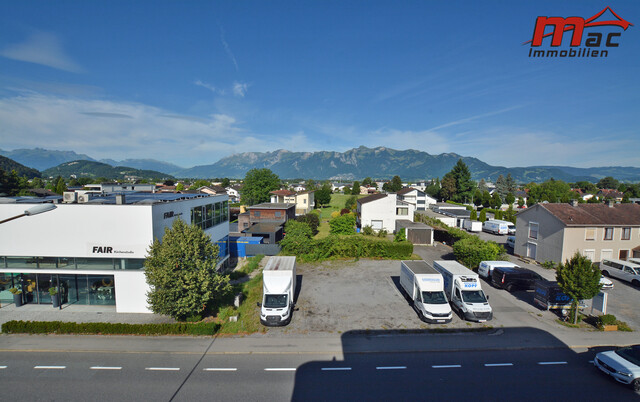Test Result: How Good is Infant Formula Really?

More than 80 percent of babies in Austria receive infant formula in their first year of life, according to a study conducted in 2021 on behalf of the Ministry of Health. Parents must be able to trust that the "pre-formula" contains everything the infant needs and is free from harmful substances, according to the Association for Consumer Information (VKI), which tested 17 products with Stiftung Warentest. Eleven performed well, six average.
Significant Improvement in Baby Food Compared to Previous Tests
All products received a "Very good" for nutritional quality. "This is pleasing, as in previous tests no product achieved a very good rating in this criterion," praised the experts.
Partly High Levels of "Forever Chemicals"
When it came to harmful substances, the wheat was separated from the chaff. For the first time, polyfluorinated alkyl substances (PFAS), so-called forever chemicals, were tested. "We found them in almost all infant formulas," said the VKI. However, five products were "notable." But: "Even though the PFAS levels detected in some products are comparatively high, we believe that nutrition with them is acceptable." It should be questioned why some manufacturers manage to produce with lower PFAS levels.
There were no complaints regarding other harmful substances such as glycidyl esters, aromatic mineral oil hydrocarbons (MOAH), lead, cadmium, Bisphenol A (BPA), and the mold toxin aflatoxin M1. Saturated mineral oil hydrocarbons (MOSH) were detected, but when converted to ready-to-drink formula, they were at the detection limit or just above it.
A Product Withdrawn from the Market
In a single mixed sample from three packages, the germ Cronobacter was detected. However, it was not detectable in six other samples. An infection with it is very rare, but dangerous for babies with a birth weight of under 2,500 grams or a weakened immune system, especially in the first two months. The manufacturer announced that the affected goods have been withdrawn from the market as a precaution. Salmonella, enterobacteria, Listeria monocytogenes, and Bacillus cereus were not found in any sample.
Large Price Differences in Austria
There are also differences in price: Converted to the monthly requirement, one initial milk costs 135 euros, nearly three times as expensive as another well-rated one at 42 euros. The same products are also significantly more expensive in Austria than in Germany. One product is even 4.63 euros cheaper per kilo across the border.
Breastfeeding Best According to WHO
The WHO recommends exclusively breastfeeding infants during the first six months. Breastfeeding should also be continued for up to two years or longer after the introduction of complementary foods, if possible.
(APA/Red)
This article has been automatically translated, read the original article here.
Du hast einen Hinweis für uns? Oder einen Insider-Tipp, was bei dir in der Gegend gerade passiert? Dann melde dich bei uns, damit wir darüber berichten können.
Wir gehen allen Hinweisen nach, die wir erhalten. Und damit wir schon einen Vorgeschmack und einen guten Überblick bekommen, freuen wir uns über Fotos, Videos oder Texte. Einfach das Formular unten ausfüllen und schon landet dein Tipp bei uns in der Redaktion.
Alternativ kannst du uns direkt über WhatsApp kontaktieren: Zum WhatsApp Chat
Herzlichen Dank für deine Zusendung.








